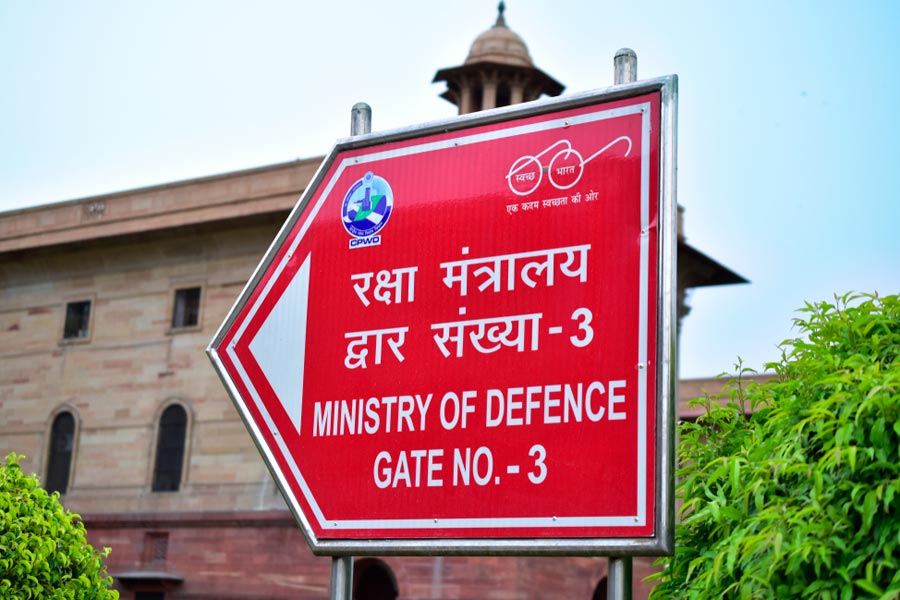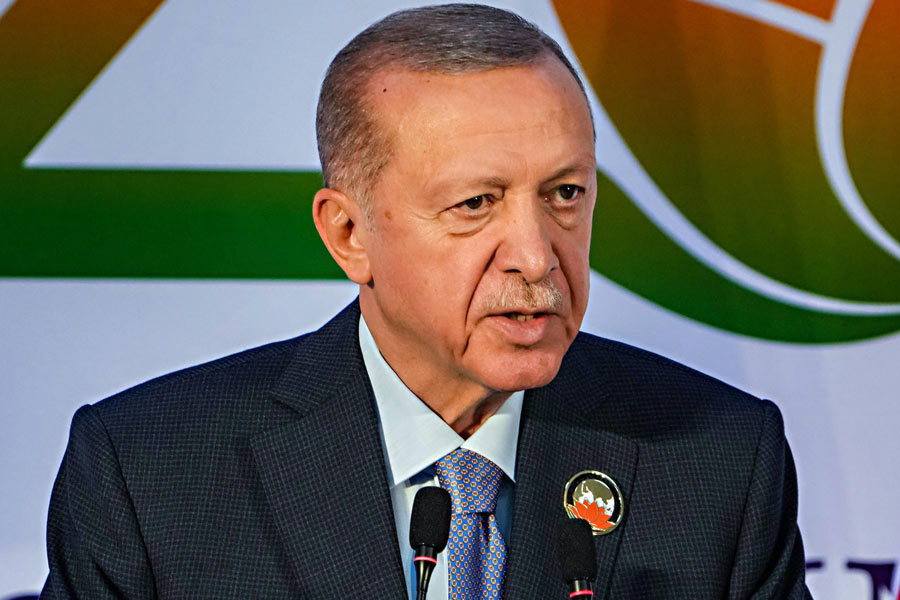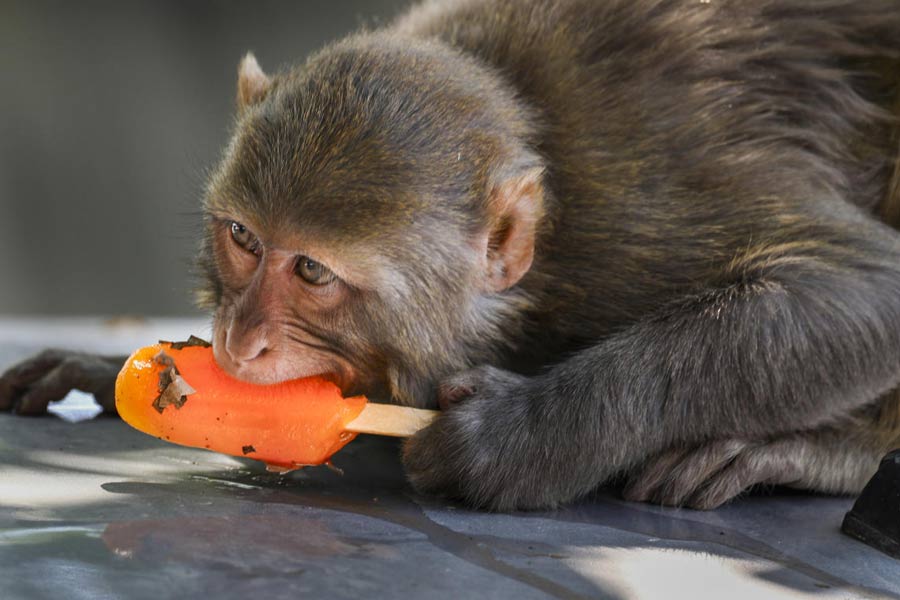If I were a Chinese strategic analyst of a moderately paranoid disposition, I would be twitching uncontrollably by now. Call it professional deformation, if you like, but I would have the overwhelming feeling that China is being surrounded and that its enemies are arming against it. And I would take Japan?s latest move as the final proof of a vast conspiracy against my country.
On November 30, Junichiro Koizumi, Japan?s prime minister, declared that Japan?s ?peace constitution? should be changed so that the country can legally maintain armed forces and strengthen its military capability in a speech to fellow members of the Liberal Democratic Party, which had proposed a constitutional reform that would regularize the position of the Japanese armed forces, and give them an official role in assisting Japan?s allies.
For the past 58 years, Japan?s foreign policy has been constrained by the constitution drafted for it by the American occupation forces in 1947, in which it renounced the right to use armed force in international disputes or even to maintain military forces intended for war-fighting at all. Once the Cold War got underway and the United States of America needed strong allies in Asia, Washington repented of its earlier idealism and began pressing Japan to re-arm, but several generations of Japanese politicians successfully used Article 9 of the constitution to excuse their reluctance to build up their military forces to the level that the US wanted.
Breaking loose
Koizumi wants to free Japan from those constraints, and he has the full support of the US, but the proposal rouses dormant anxieties in other Asians about Japan?s ultimate intentions. There is scarcely a country in east or southeast Asia that was not attacked, conquered or colonized by Japan when it was the sole industrialized country in Asia.
Memories and suspicions about Japan run deep throughout the region, but perhaps deepest of all in China, where the Japanese invasion and occupation left very deep scars on the Chinese psyche. They have been compounded by contemporary Japan?s reluctance to take full responsibility for its past crimes ? and now it?s breaking loose from the restraints of the ?peace constitution?.
This comes on top of a shift in Japanese foreign policy towards Taiwan. Last February, Tokyo redefined the Taiwan Strait as a ?common strategic objective? of Japan and the US (implying that its forces would join the US in resisting any Chinese attack on Taiwan).
Circle of hate
Then there is last July?s 10-year military agreement between the US and India, which in Chinese eyes foreshadows a full military alliance between the sole global superpower and Asia?s other emerging giant. There are the repeated visits of senior American military officers to Hanoi, which seem to be leading towards a similar US-Vietnamese military agreement. There are the new American military bases to the west of China in Afghanistan, Kyrgyzstan and Tajikistan. It?s hard for people sitting in Beijing to avoid the conclusion that the US is seeking to encircle China with military alliances.
So they ask themselves: What are the Americans and their Asian allies up to? The answer, in Washington, is ?congagement?, a policy to contain China militarily if it turns nasty combined with an effort to engage China politically and economically in the hope of encouraging democratic reforms. It sounds pretty good in Washington but in Beijing the perspective is different.
The pressures to respond with a serious Chinese military build-up must be mounting, and if that happens, then America will reply by redoubling its efforts to overawe and ?contain? China and the real arms race will begin. The holiday from history may be almost over.











